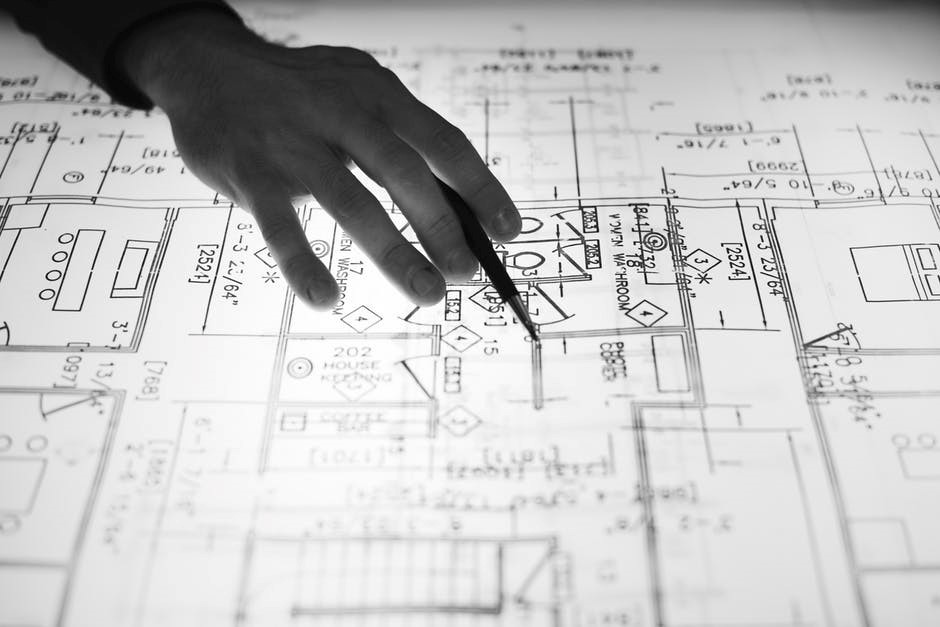Buildings stay up because of the proper structural reinforcement. Learn what provides structural reinforcement in buildings in this guide.
Do you know a little about what goes into making a building stronger and more safe? You must have them, as they play a critical role in its overall function.
If you don’t know much about it, you need to ask a reliable expert! In this comprehensive article, we’ll talk about what provides structural reinforcement for buildings, so that you can understand how they work, how they’re built, and how they comply with building standards.
Read on!
Steel Reinforcement Bars (Rebar)
Steel reinforcement bars, or shear reinforcement bars known as rebar, provide structural reinforcement for buildings. This material is an extremely common household item, and it is used in all kinds of construction projects.
Rebar is available in a variety of sizes, shapes, and grades, and it is the most common material used for structural upgrade projects. It is made of steel which is:
- strong
- durable
- corrosion-resistant
This makes it a preferred choice for buildings. It is used to strengthen and reinforce concrete structures. It can also be used to support steel structures, improve seismic performance, and resist wind and lateral forces.
The rebar is either wrapped around a structural member or threaded through it, and the rebar in a structure can also be welded together if needed. Rebar provides a strong support structure for buildings.
Concrete Masonry Units
Concrete masonry units and concrete piles are an integral component of building construction. Concrete masonry units are made from concrete that is formed into blocks or bricks. These units are incredibly strong and durable and can support large loads. This makes them ideal for structural reinforcement.
They are also versatile and can be used in various forms, including:
- beams
- columns
- walls
- foundations
Concrete masonry units act as a substrate for other building materials, providing an additional layer of protection. Furthermore, they are fire-resistant and able to withstand destructive forces, making them essential for durable, long-lasting structures. Concrete masonry units are an economical solution to provide the concrete structure needed in buildings. This is because they are easy to manufacture.
Shear Walls
Shear walls provide structural reinforcement for buildings, playing a key role in the continuous load path in a building’s structural system. Shear walls are vertical or horizontal elements that resist lateral forces acting in two directions on the walls, such as:
- wind
- seismic
- other loads
This allows shear walls to work better than bracing and diagonal braces for providing structural reinforcement. Shear walls are typically made with reinforced concrete or sheathing board. The materials and the sizes are chosen according to building size and geographical location.
Building codes provide design guidance for shear walls. This gives specifications for bracing elements. It’s also used for the proportioning of vertical and horizontal members, anchorage connection, and other details. As with any structural element, shear walls require the right design and engineering to perform effectively.
Understand Different Structural Reinforcement
Buildings must have structural reinforcement to remain safe and functional. Steel and concrete are two materials that provide the necessary reinforcement.
By incorporating these materials, you can ensure your building is safe and secure. Talk to professionals who specialize in structural reinforcement for more information.
For more topics, visit our blog. We’ve got more!
